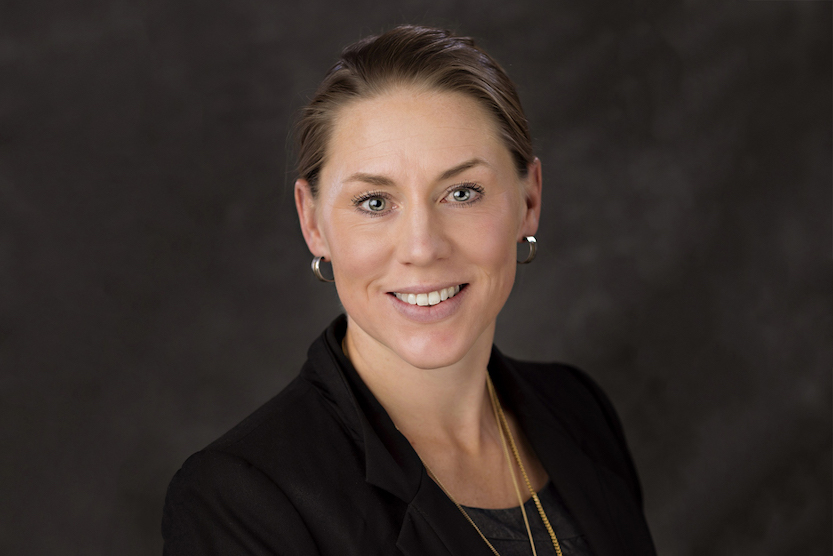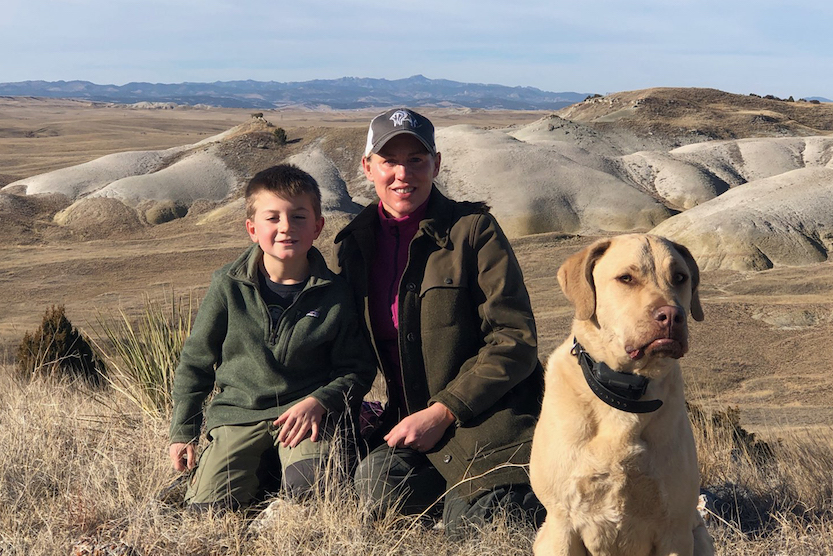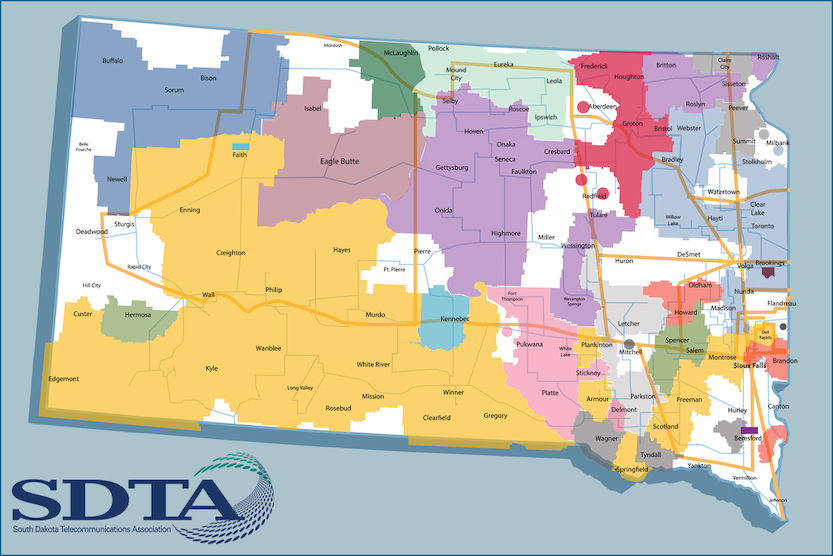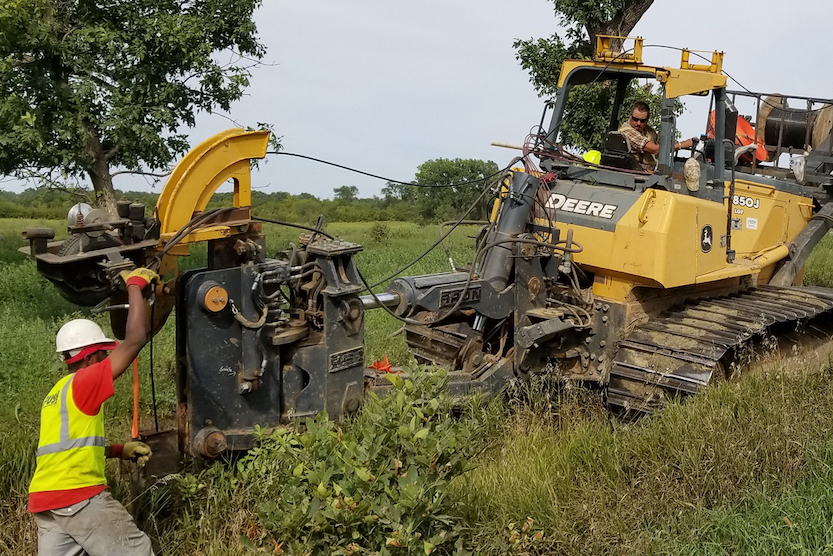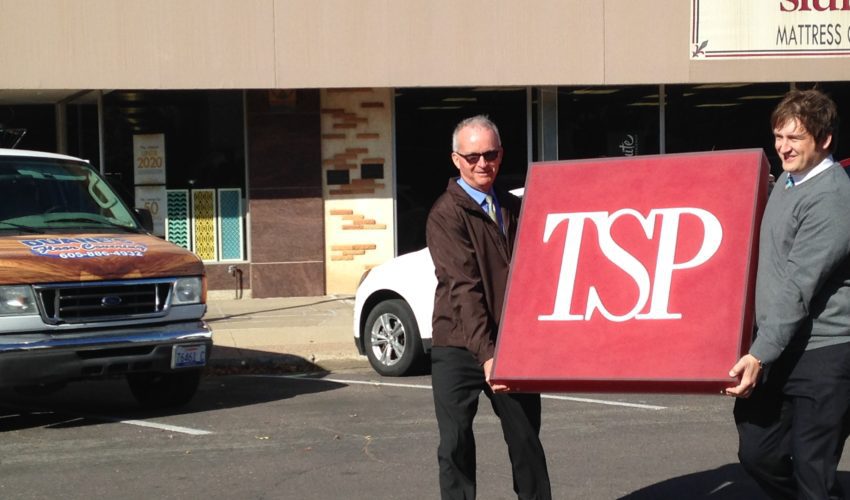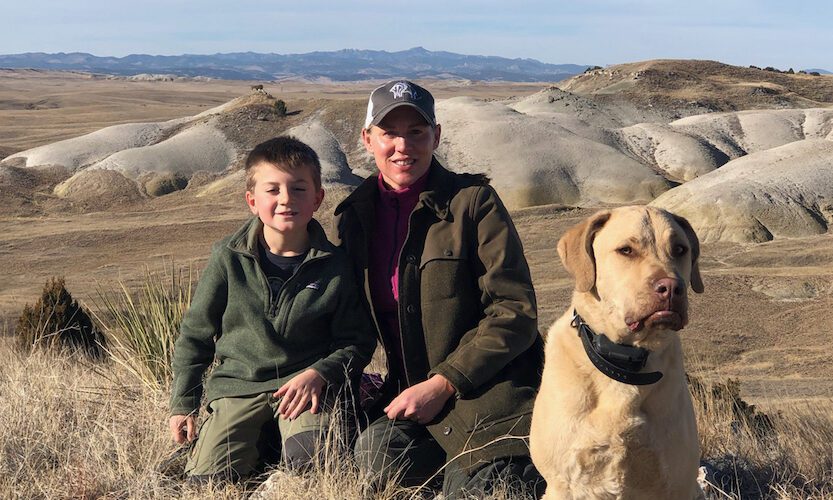S.D. connectivity challenges hit home for new industry advocacy leader
Feb. 1, 2021
This paid piece is sponsored by SDN Communications.
Think everyone already has internet? Not so, says a South Dakota internet advocate who lacks broadband access at her home.
South Dakota’s legislative battle on whether to invest $100 million in delivering broadband internet is personal for Kara Semmler, the new executive director and general counsel for the South Dakota Telecommunications Association.
“I don’t have broadband speeds available at my home even though it’s just five miles outside Fort Pierre,” said Semmler, who worked as an attorney at the South Dakota Public Utilities Commission and then in private practice for nearly a decade. Most recently, Semmler served as a senior policy adviser to Gov. Kristi Noem.
Semmler’s acreage falls in an area where fiber optic broadband infrastructure investment has not been made. As a result, residents in the area must rely on other types of technology to receive internet.
“It’s personal for me,” Semmler said. “I grew up in Sioux Falls where students now have access to online resources, but my son, a third grader in Pierre, does not. If he had to do remote learning and I was working from home, like many South Dakota families, we would struggle. We’re already limited on how many devices we can use. Streaming entertainment or uploading documents is tough. Zoom meetings are impossible unless it works off my cellphone coverage.”
Semmler’s broadband desert makes for good personal and professional testimonials in her new role advocating at the state Capitol for broadband access.
Her association’s members have played a big role in edging out fiber optic internet to South Dakota housing developments, businesses and farms. A dozen of them have fiber to every property in their service territories; the remaining six will be 100 percent fiber within two years. Unfortunately, Semmler does not live in one of her members’ service territories.
SDTA’s membership largely mirrors SDN Communications’ ownership – 18 independent broadband companies covering nearly 80 percent of South Dakota’s rural geography.
“The municipal, tribal and cooperative companies that make up SDTA and SDN rolled up their sleeves and partnered with Gov. Kristi Noem’s first Connect South Dakota program two years ago when she proposed a $5 million build-out,” Semmler said. “They took the financial risk to match the state funds and edge their fiber networks outside their service territories and deliver broadband to areas that had none.”
Six of the eight Connect South Dakota 2019 grants went to SDTA’s member companies. They matched the state money and connected 6,500 homes and 150 businesses. The 2020 program, aided by federal CARES Act funds, will touch even more. Fourteen projects will serve an additional 3,997 locations statewide.
“The successful partnership with SDTA’s members encouraged Noem to propose the goal of connecting all of South Dakota, with $100 million of state funds matched by funds from the private sector or other federal broadband programs,” Semmler said.
She believes the governor’s proposal will keep rural South Dakota viable.
“We want to keep talented residents in their area if they so choose. With good internet access, they can be part of the remote workforce for Pierre, Sioux Falls, Rapid City or beyond,” Semmler said. “We can have both – wide open spaces and thriving local economies.”

